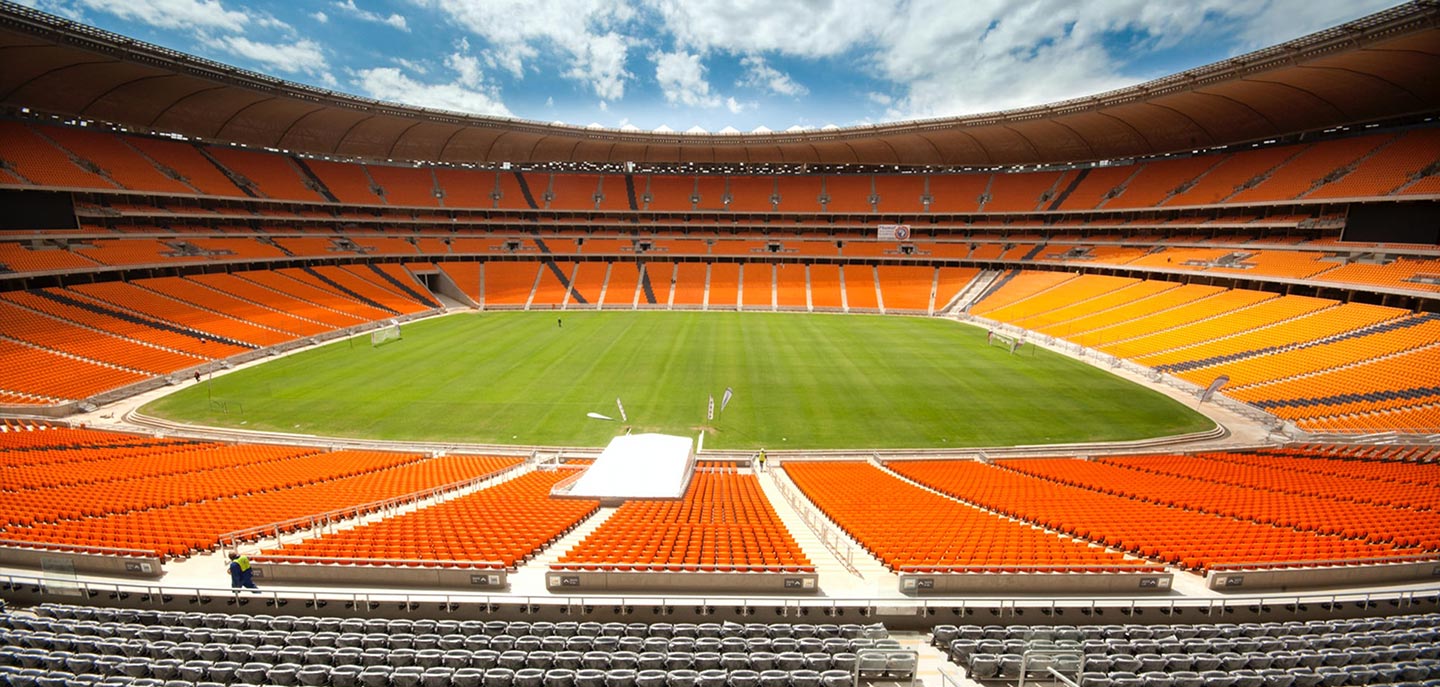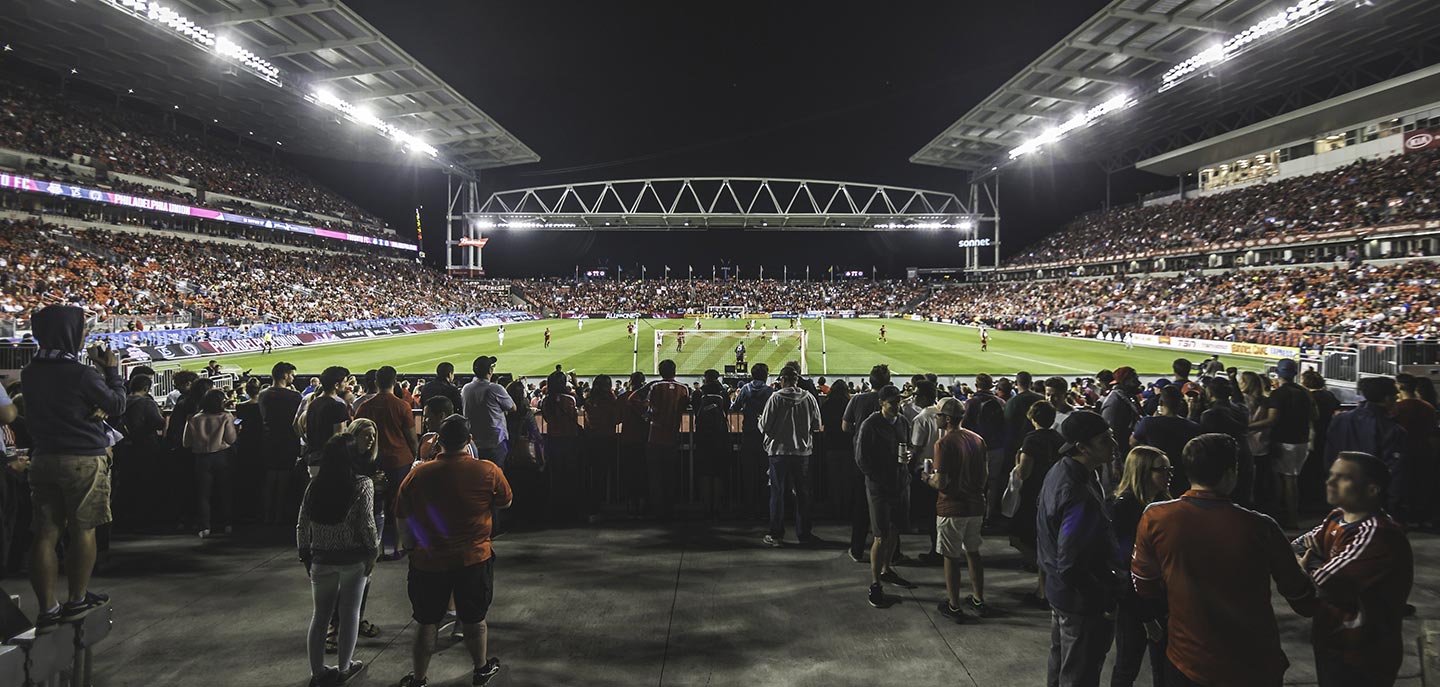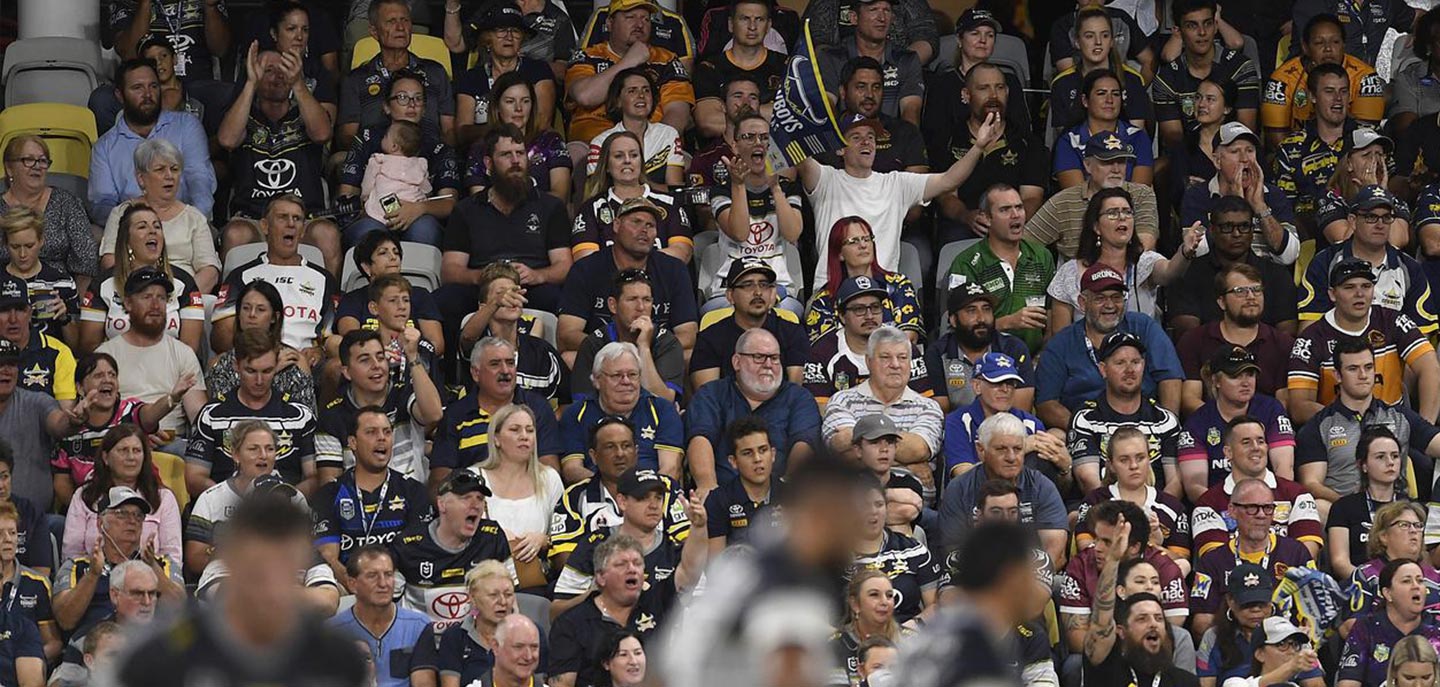Quantifying the impact partnerships deliver across key
marketing KPIs vs industry benchmarks
/ March 13, 2020 by Nick Biggin

Written by Nick Biggin, Director and CEO at Greenroom Digital
Here in Australia, Melbourne specifically in my case, it’s been a long, hot (warm) summer…
December is typically my favourite month of the year, to decompress, enjoy some extra time with my wife and 3 kids in the lead up to Christmas and generally, just take our feet off the pedal a bit. For a variety of reasons, December seemed to fly by for me, almost like it never happened, work, travel, family… life.
Horribly, particularly for those directly affected, January saw the dramatic escalation of the bushfire situation throughout Australia’s East Coast and inland areas. Our news feeds were consumed with news of tragedy from fire affected areas.
We also saw the very best of our national spirit, people coming together in ways we’ve seen before, but not to this level. Under the most testing of circumstances, people from around the world found ways to offer extraordinary support. Heart-warming gestures of financial, physical and moral support reminded us the world can be both brutal and wonderful, simultaneously.
As people try to move forward from that devastation, and those directly affected pick up the pieces of their lives, we now find ourselves in the midst of the global Coronavirus situation and an impending financial recession. Our news feeds are once again filled with bad news. I have no intention of comparing the seriousness of the two situations. All I know is, we are in desperate need of a circuit breaker, something else to focus on and be consumed by.
Here in Australia, many of us look to sport for that release. Sport is close to a religion, AFL, NRL the Deitys of choice and around March every year, as the days become shorter and cooler we settle into pubs, living rooms or make our way to stadiums.

Enter #COVID19…
This year that hum of anticipation, has been replaced by speculation that games may be played in empty stadiums, cancelled altogether and teams decimated by illness. We may be quarantined and banned from gathering in large numbers, even forced to become prisoners in our own homes.
So what do we know and not know so far about the reaction to the situation, rather than the situation itself?
People are worried. People are panicking. Opinions as to the seriousness of the virus are many and varied. News outlets are taking the opportunity to fill the news cycle with worst case scenarios. The fear and uncertainty is feeding increased caution. Governments and leaders are hoping for the best, but bracing for the worst.
This is filtering through to sports governing bodies, largely in response to the measures that have been taken internationally, where we are already seeing games, events and leagues being cancelled and/or played in empty stadiums and teams in quarantined.
Who will be impacted and how?
“The reliable notion, that the quality of the product, to be able to fill seats and create an economic flywheel effect around the sports and their stakeholders, it could be argued has created something of a climate of complacency that nothing will ever change… with the Coronavirus crisis, that appears to have changed”
Governing bodies like the AFL and NRL have warned fans of similar measures at some stage throughout the year. The economic impact of this will be catastrophic. It could be argued that the reliable notion, that the quality of the product to be able to fill seats and create an economic flywheel effect around the sports and their stakeholders, has created something of a climate of complacency that nothing will ever change… with the Coronavirus crisis, that appears to have changed.
The Australian Grand Prix Corporation has remained resolute throughout, the show will go on, presumably partly due to the event happening within such close proximity. This appears to have changed several times in last few days, and regardless, there can be no doubt that a significant affect will be felt at the turnstiles.
Fans are confused as to what they can expect and whether they’ll get value for the memberships many have already paid for. Even if games do go ahead, how much will the rituals many have grown up with be diminished in the current climate of ultra-cautiousness.
Sponsors are cautious to say the least; it will be very difficult to activate their partnerships in many of the traditional ways, at events that may not go ahead or be played within empty stadiums.
Broadcasters are likely to be unaffected, unless games are cancelled and not if the overall spectacle is significantly diminished by its lack of a crowd participation.
What are some potential solutions that those impacted could consider?
The fact is, this will be felt regardless of how deep we get into lock downs and lock outs, largely because we are inherently creatures of habit. What we’re feeling now is a potential disruption to our annual rituals and ways of doing things, that will for some more than others, be extremely unwelcome and unnerving.
If I was to take a glass half full view, rather than focussing on the disruption to my entertainment consumption habits, the optimist in me might see an opportunity to broaden my horizons somewhat…

Fans
Perhaps a disruption to our usual consumption habits can be an opportunity to try some new things. Sports content is widely available (particularly online) and we may find ourselves with more time than we’ve had previously to sample new offerings.
There could be the opportunity for challenger sports, that have traditionally struggled to drag the attention of recalcitrant fans away from the things they know and love, to now see doors that are slightly ajar. If changing the cycle of fan behaviour meant breaking the existing model, consider it broken…
Brands / Sponsors
There will be an immediate and understandable rush for brands that partner with sports disrupted by the Coronavirus situation to explore options to limit their financial exposure in the event that the audiences they wish to activate are no longer in stadiums.
I would encourage brands to consider that audiences haven’t disappeared, even if we can’t see them in stadiums like we’re used to. Many of the traditional ways they have looked to engage with audiences at those events may need to shift to where the audiences are, rather than where they choose to host the party.
“Digital channels allow brands and rights holders to provide hungry fans content wherever THEY are, not ask them to come to the game wherever IT is”.
A large portion of fans will take advantage of anticipated increased free-to-air coverage of sports, making an investment for brands in traditional media broadcasters more attractive than it has been recently. Several will move online or to subscription services for the diversity of options available and flexibility of coverage.
Regardless, the need will be there for brands to think differently and test channels that have previously represented a smaller share of their overall media mix.
A move online will also allow brands to build databases of fans they can own and know more about to offer a more customer-centric experience for the long term. They will be far more cost effective to reach and engagement will be both measurable and scalable. An audience of football fans in Asia is as easy for a brand headquartered in London to reach and activate online, as is an audience of fans in some other part of Europe. Digital channels allow brands and rights holders to provide hungry fans content wherever THEY are, not ask them to come to the game wherever IT is.
“…content is the key. Audiences aren’t going away, they’ll just shift and in fact, probably grow by being able to have far more flexibility in the way the product is delivered to them on a personal level”.
The question remains, why advertise when consumers aren’t spending or, for many brands, the supply chain has been broken. If ever there was an opportunity, born of necessity to employ a longer term data-driven strategy, I’d suggest this could very well be it.
For brands that have access to partnership IP, build brand equity by offering them unique content, related to their chosen sport, asking nothing in return. Monitor the process, building a customer database to give them more of what they want, and less of what they don’t. Let them decide when they are in the market for your product, then simply facilitate a frictionless transaction. Sounds simple, it actually is… and it starts by putting the fan experience first, in everything you do.
Leagues / Clubs
Not telling anyone anything they don’t already know here, but brace for impact, this is likely to hurt…
Overall, the sporting clubs, across all leagues I see, do an excellent job. Often thinly resourced, in a crowded marketplace and in an industry where the overwhelming majority of the revenue generated from commercial pursuits, are directed toward on-field rather than off-field endeavours.
This will be a time to think differently about what they have, and how best to deliver it to those that want it.
Flexibility may be required in regard to contract entitlements, with a view to providing the best of channels their partners can use to efficiently reach and engage with their audiences.
“All the non-traditional media businesses are showing clear signs of seeing the incredible power of sports content, beyond its ability to attract a broad demographic in large enough numbers to sit advertisers alongside”.
A positive will be that a shift to online channels gives rights holders far more opportunities to measure engagement and therefor the effectiveness of the product they put out. Free-to-air, pay television, radio and numbers in stadiums are all essential parts of the product, but are very difficult to measure beyond reach. The number of people who click through the turnstiles, tune into the game and the size of the roar after a highlight are all positive indicators of engagement, but don’t give rights holders enough of an insight into the hearts and minds of their constituents.
The good news is; content is the key. As previously mentioned, audiences won’t go away, they’ll just shift . In fact, audiences will probably grow by being able to have far more flexibility in the way the product is delivered to them on a personal level. The more inventive rights holders can be about delivering content and experimenting with formats, the happier fans will be.
This situation could be a glimpse into the way partnership, broadcast and sports rights agreements are structured in the future. All the non-traditional media businesses are showing clear signs of seeing the incredible power of sports content, beyond its ability to attract a broad demographic in large enough numbers to sit advertisers alongside. The lure of a big broadcast rights cheque is seductive but the commercial model that underpins the content has been tested for some time. A large scale shift in user behaviour, could provide savvy rights holders with a glimpse into the future of what may have otherwise happened more slowly. It could provide them with some very valuable data points, to carry into future broadcast rights negotiations and perhaps provide some good reasons to consider retaining more control of their content and product.
As the reaction to the situation escalates, I’ll be the first one cheering for everything to return to normal as soon as possible. In the absence of that, as a collective, I do think there are opportunities, born of adversity, that can allow us to view things we may not otherwise, and that could be very valuable to all stakeholders in the future.

Summary
Fans:
- Keep your minds open
- Put your health first
- Keep things in perspective – things could always be worse
Brands:
- Hang in there, the audiences are still there
- Think differently
- Be prepared to move first
- Be well positioned for when normal business is restored
- The fans need you and they’ll thank you if you look after them
Rights Holders:
- Brace yourselves – this won’t be easy
- We learn more from our challenges than our successes
- As long as there’s content, there’s a pulse
- Ask: How can we make the fan’s experience better?
